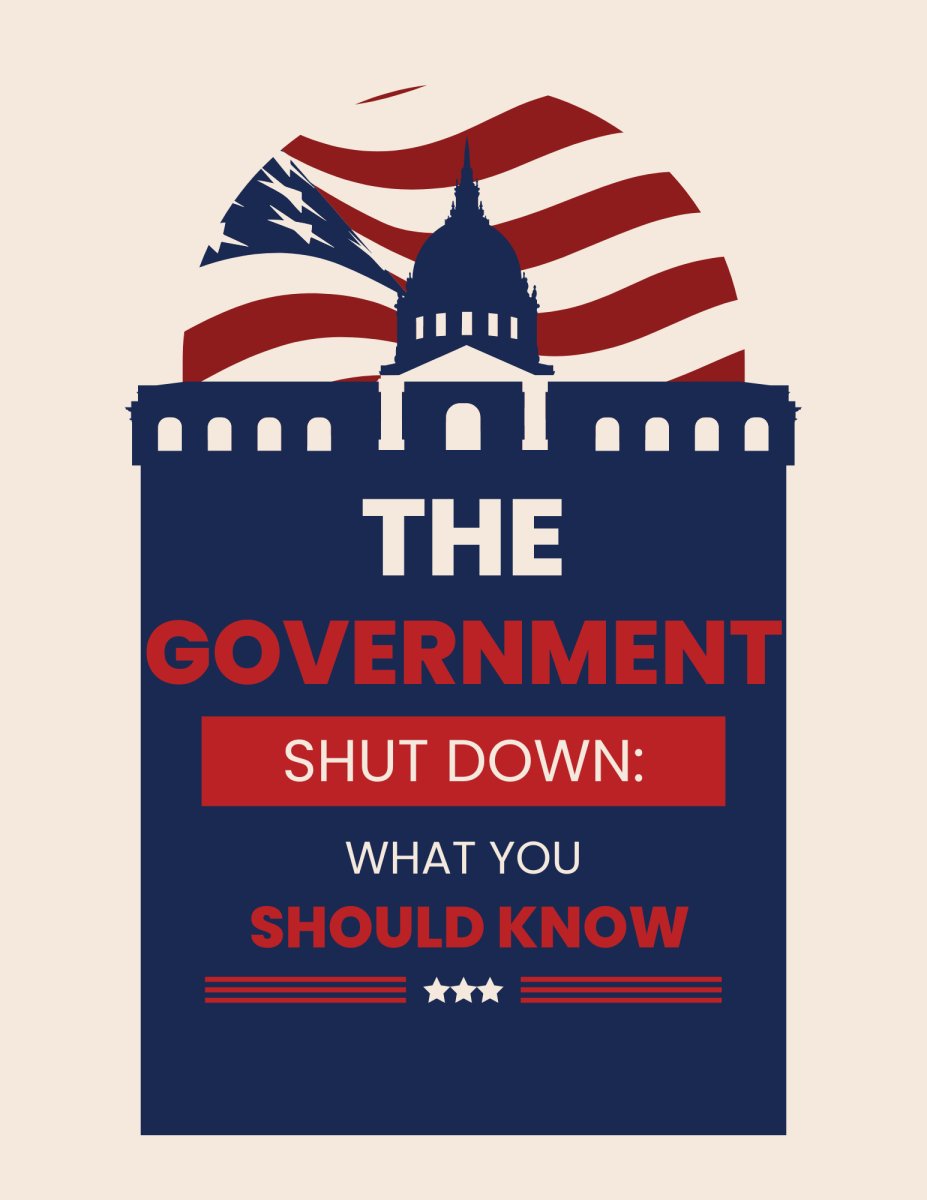At 12:01 a.m on Oct 1, the U.S government shut down. This decision came as a result of a split in Congress between Democrats and Republicans over how to distribute the federal budget. The last shutdown occurred during the end of Dec 2018 and lasted 35 days, breaking the record for the longest shutdown yet. Many are in the dark on how long this shutdown will last and what the lasting effects may be.
Why did the shutdown happen?
A government shutdown typically happens when both chambers of Congress, the House and Senate, are torn over policy provision or federal funding. In this case, the Democratic party has sided against the Republican short term funding bill and are demanding that the Affordable Care Act (previously known as Obamacare), should be extended. This Act provides premium tax credits for those who do not receive health insurance from their employers or through other public programs like Medicaid. Since the Congress and presidency are both currently under Republican control, the likelihood of either side conceding is slim as of now.
Who and what will be affected?
President Donald Trump wrote in a Truth Social post that he will be meeting with his budget director Russell T. Vought to determine which federal programs may be cut depending on their alignment with Trump’s administration, primarily targeting Democratic organizations.
The Special Supplemental Nutrition Program for Women, Infants and Children (WIC) could potentially run out of federal funding within the next two weeks if the shutdown persists. The program helps nearly seven million low income families, women and children across the country have access to food and meals.
Government employees and agencies that are deemed essential such as the Transportation Security Administration, Immigration and Customs Enforcement, the Secret Service and more will continue to work without pay, but will receive backpay once the shutdown has concluded. According to the Congressional Budget Office, approximately 750,000 federal workers could be furloughed each day for the remainder of the shutdown. However, President Trump has threatened to institute mass firings instead in order to condense the federal workforce. Members of Congress and the President will continue to be paid under protection of the constitution.
Social Security and Veteran’s Administration benefits should continue but may be delayed due to loss of workforce. The Federal Drug Administration no longer has the ability to monitor new ingredients in animal food and cannot ensure that meat, milk and eggs are safe for public consumption. The U.S. postal service will continue business as usual, as their funding is not reliant on tax dollars.
How long will it last?
The shutdown will last until every member of Congress votes on a decision. Due to the Jewish holiday Yom Kippur, no votes will be held until Friday at the earliest.
“[The senate will] have a fourth chance [Friday] to vote to open up the government,” Senate Majority Leader John Thune said. “If that fails, then they can have the weekend to think about it, we’ll come back, we’ll vote again on Monday.”
If the Senate cannot come to an agreement, the shutdown may last indefinitely.


